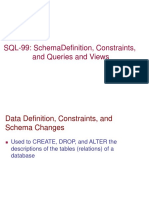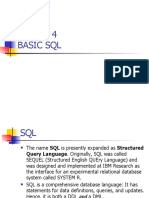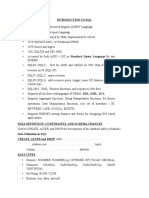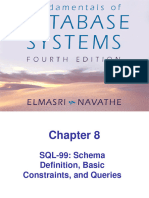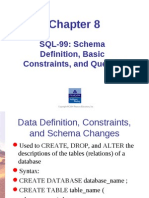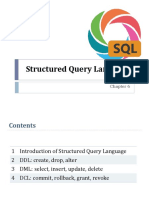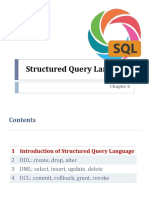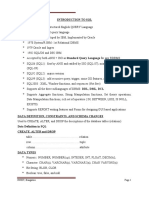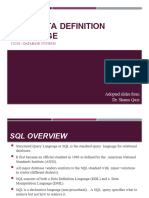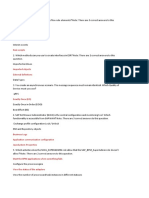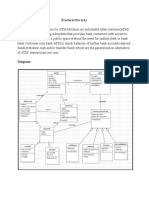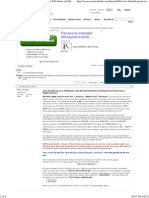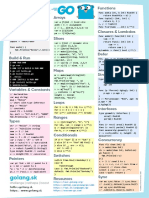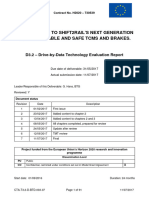0% found this document useful (0 votes)
7 views82 pagesUnit 4 SQL
The document outlines the curriculum for a course on Database Management Systems, focusing on SQL, including data definition, constraints, and various SQL queries. It covers SQL standards from SQL-86 to SQL-2019, detailing the components of SQL such as DDL, DML, and DQL, as well as schema creation and management. Additionally, it discusses complex querying techniques, optimization, and the use of SQL in web programming with PHP.
Uploaded by
manjulaCopyright
© © All Rights Reserved
We take content rights seriously. If you suspect this is your content, claim it here.
Available Formats
Download as PPT, PDF, TXT or read online on Scribd
0% found this document useful (0 votes)
7 views82 pagesUnit 4 SQL
The document outlines the curriculum for a course on Database Management Systems, focusing on SQL, including data definition, constraints, and various SQL queries. It covers SQL standards from SQL-86 to SQL-2019, detailing the components of SQL such as DDL, DML, and DQL, as well as schema creation and management. Additionally, it discusses complex querying techniques, optimization, and the use of SQL in web programming with PHP.
Uploaded by
manjulaCopyright
© © All Rights Reserved
We take content rights seriously. If you suspect this is your content, claim it here.
Available Formats
Download as PPT, PDF, TXT or read online on Scribd
/ 82




